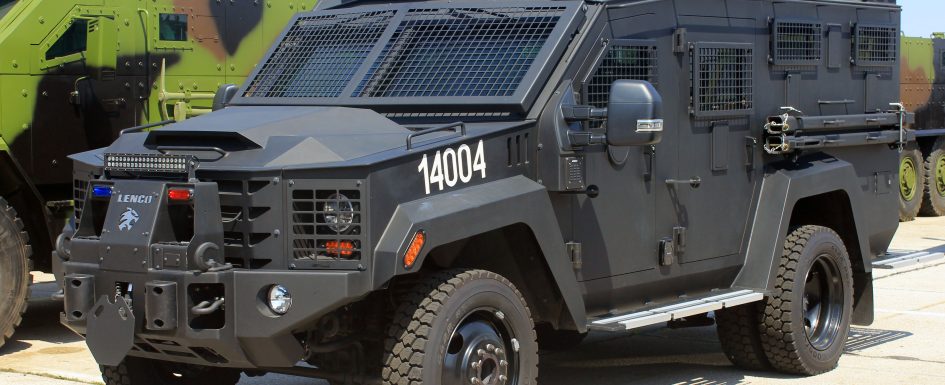Last Saturday I was driving east on Route 38 between DeKalb and Geneva when I saw them coming the other way. A big, black, unmarked SWAT-like vehicle followed by a few unmarked cars. Men in tactical gear with familiar gator coverings around their necks. It wasn’t a chase; they weren’t in a hurry. Just commuting. But I knew immediately who they were: ICE.
The sight jolted me back to 2018. Back then, I was sitting outside a Rochelle elementary school, watching oddly parked unmarked cars, wondering if I was about to see a raid as buses unloaded children. My stomach was tight. I ran through my contacts, thinking: Who do I call to help witness? To advocate? Should I just start filming? I even texted Meghan to say she might be bailing me out of jail and gave her the name of the lawyer to call.
A few colleagues, some lay leaders from Rochelle United Methodist, and I had been working on a months-long worker justice campaign. The Latinx workers were finally getting justice, and the powers that be didn’t like it. ICE had been called before in DeKalb; why not here too? Turns out it wasn’t ICE that day. It was DCFS, parked in the wrong spot. Still a hard situation, but not the one I feared.
So, when I saw ICE on Route 38 last week, those memories rushed back. The knot in my stomach reminded me that, for many of our neighbors, that fear isn’t just a flashback. It’s daily life.
Adam Russell Taylor of Sojourners put it plainly in a recent article: ICE raids don’t just disrupt lives, they “tear at the Body of Christ.” He describes Operation Midway Blitz, which is sending more ICE agents into cities like Chicago. Racial profiling is now explicitly permissible as agents can stop people based on appearance, language, or employment.
For many of us, life goes on as normal: school drop-offs, grocery runs, doctor visits. But for immigrant families: some undocumented, some legal residents, some on expired status every ordinary place has become a possible site of terror. Imagine masked agents pulling you from a car at the bus stop or walking into your workplace. This isn’t theoretical. It happens. And here’s the thing: only about half of those detained have even been charged with any crime, violent or otherwise. The rest? They are parents, neighbors, coworkers, image-bearers of God.
Our United Methodist Social Principles remind us that “migrants and immigrants are full participants in God’s kingdom and in our shared community.” Scripture is even clearer:
- “Speak up for those who cannot speak for themselves … defend the rights of the poor and needy.” (Proverbs 31:8-9)
- “Is not this the kind of fasting I have chosen: to loose the chains of injustice … to set the oppressed free?” (Isaiah 58:6)
- And Jesus himself: “I was a stranger, and you welcomed me.” (Matthew 25:35)
Solidarity is not politics; it’s discipleship. It’s the Great Commandment in action. Maybe you wonder what difference you could make. I’ve heard of one white congregation in the city that became “Instacart” where the white church got the grocery list, shopped and delivered for a Latinx church too afraid to shop for groceries. Others step in as custodial adults, so children aren’t left stranded at bus stops if parents are detained. Some simply commit to being the neighbor who checks in, feeds the pets, or shows up at the bus stop, if ICE shows up.
These aren’t dramatic protests. They’re acts of love. Acts of solidarity. And they embody what the Social Principles call us to: dignity and compassion in all human relationships.
I’m not naïve. We need real immigration reform. But terrorizing neighborhoods is not reform. It’s cruelty. And cruelty corrodes not only those targeted but all of us who look away.
Seeing ICE drive by on Route 38 was just a moment in my day. But for some of our neighbors, that sight is a constant shadow. As followers of Jesus, we’re called to more than sighs and sympathy. We’re called to solidarity. To love our neighbors as ourselves. So maybe the question is simple: if it were your child stepping off the bus, your spouse driving home from work, your parent heading to a medical appointment: what kind of neighbor would you hope was watching? Let’s be those kinds of neighbors.


